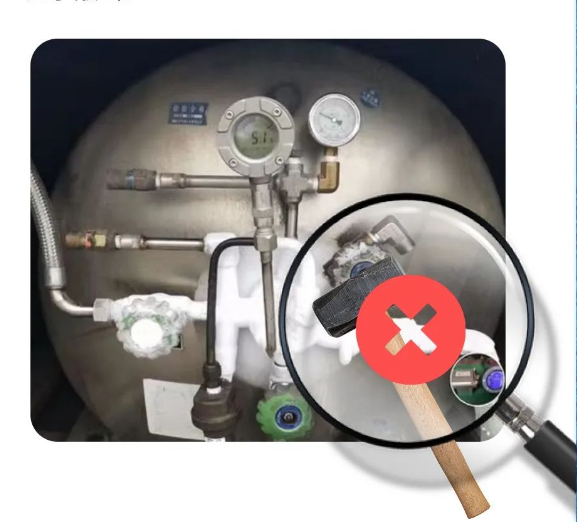Due to the clean emission reduction and low consumption cost of LNG gas vehicles, they have gradually become people’s concerns and are accepted by the majority of car owners, becoming a green force that cannot be ignored in the market. Due to the low temperatures in winter and the harsh driving environment, and the operation and maintenance methods of LNG trucks are different from traditional fuel trucks, here are a few things to note and share with you:
1.Make sure the gas filling port is clean every time you refill to prevent water and dirt from entering the cylinder and causing pipe blockage. After filling, fasten the dust caps of the filling seat and air return seat.
2. The engine coolant must use antifreeze produced by regular manufacturers, and the antifreeze cannot be lower than the minimum mark of the water tank to avoid abnormal vaporization of the carburetor.
3. If the pipes or valves are frozen, use clean, oil-free warm water or hot nitrogen to thaw them. Do not hit them with a hammer before operating them.
4. The filter element must be cleaned or replaced in time to prevent the filter element from being too dirty and clogging the pipeline.
5. When parking, do not turn off the engine. Close the liquid outlet valve first. After the engine uses up the gas in the pipeline, it will automatically turn off. After the engine is turned off, idle the motor twice to clear the gas in the pipeline and combustion chamber to prevent the engine from getting up in the morning. The spark plugs are frozen, making it difficult to start the vehicle.
6. When starting the vehicle, run it at idle speed for 3 minutes, and then run the vehicle when the water temperature reaches 65 degrees.
Post time: Mar-04-2024









